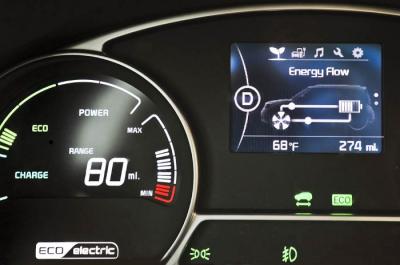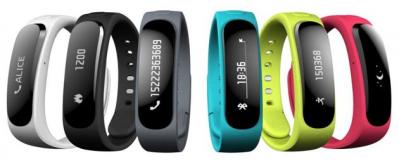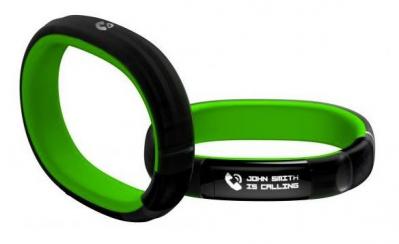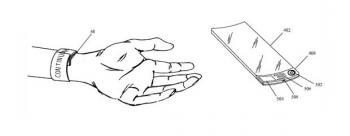DisplaySearch: LG Display dominates the smartwatch display market
DisplaySearch estimates the worldwide smartwatch display market at $204 million in Q1 2015. The leading provider was LG Display - with over 90% of the market ($186 million). Other leading players are SDC (3.1%), Japan Display (2.4%) and Futaba (2.4%).
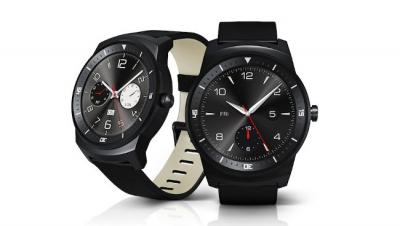
LG Display's lead is not surprising - the company is providing the flexible plastic-based OLED displays used in Apple's watch - and reportedly produced over 6 million panels for Apple, at $20 each. LG is also providing panels for LG Electronic's smart watches (including the G Watch R and the Watch Urbane). In Q4 2014, by the way, LGD only produced 1.1 million displays - impressive growth in just one quarter, attributed mostly to the Apple supply deal.



